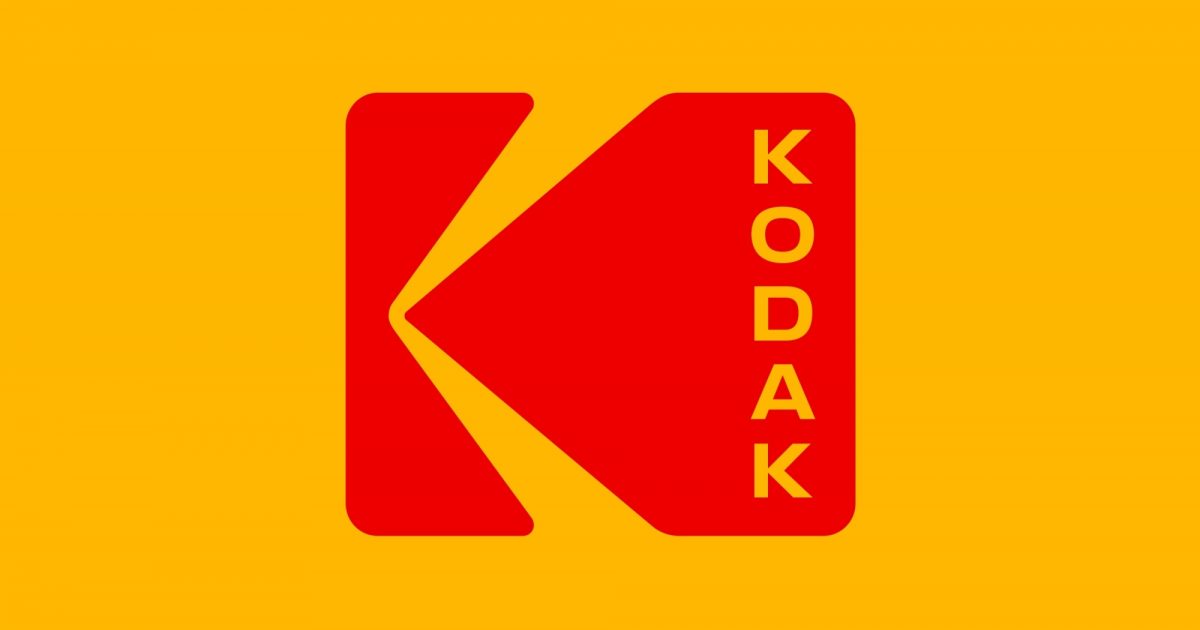A Kodak spokesperson reached out to PetaPixel after publication of this article with the following statement.
“The ‘going concern’ language in Kodak’s 10-Q is essentially required disclosure because Kodak’s debt comes due within 12 months of the filing. Kodak is confident it will be able to pay off a significant portion of its term loan well before it becomes due, and amend, extend or refinance our remaining debt and/or preferred stock obligations,” the spokesperson says.
“To fund the repayment, we plan to draw on the approximately $300 million in cash we expect to receive from the reversion and settlement of our U.S. pension fund (the Kodak Retirement Income Plan, or ‘KRIP’) in December. However, the KRIP reversion is not solely within Kodak’s control and therefore is not deemed ‘probable’ under U.S. GAAP accounting rules, which is what triggered the ‘going concern.’ Once the KRIP reversion is completed Kodak will be virtually net debt free and will have a stronger balance sheet than we have had in years.”


